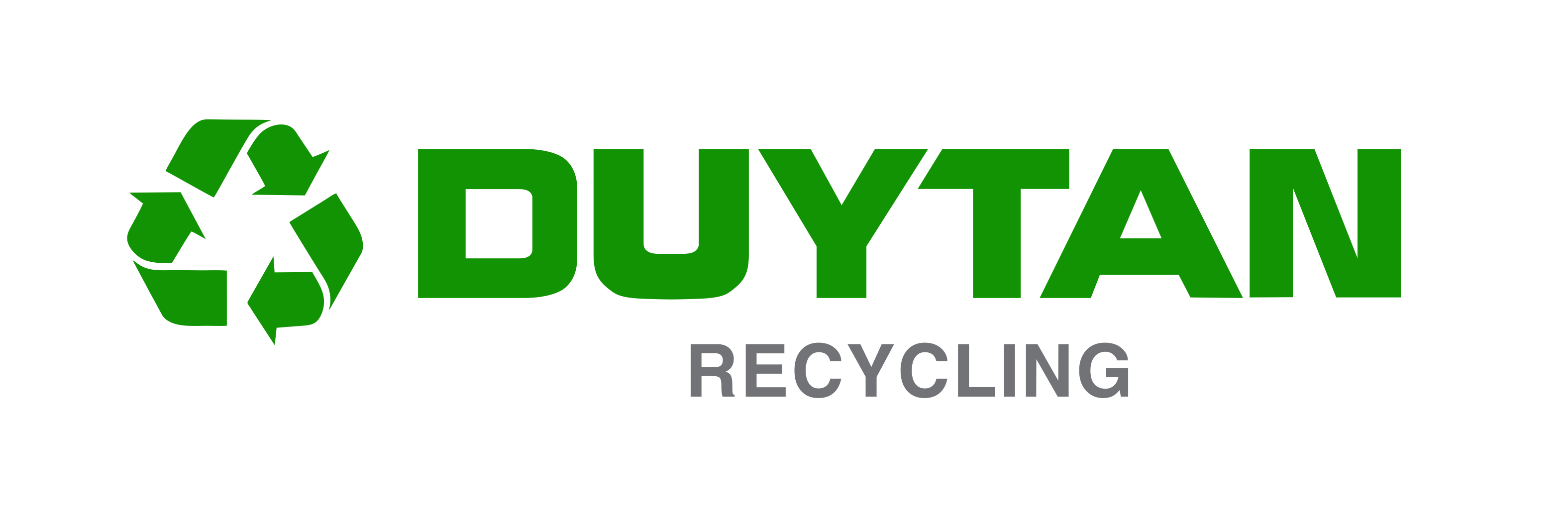If quality is not controlled, recycling can be harmful to the environment and impede the transition to a circular economy.

The circular economy model is based on the principle of reusing waste as an input for production, thereby reducing waste generation and conserving natural resources.
The circular economy model, on the other hand, is only truly effective if the recycled products are of high quality and highly competitive. This is also a way to ensure that waste can continue to be used as an input in manufacturing.
Low-quality recycled products, on the other hand, make recovered materials more difficult to process and recycle, and they pose numerous potential hazards to consumers. Low-quality recycled products contribute to the loss of consumer sympathy, making it difficult to increase the output of recycled products.
In fact, many recycled products, particularly those made of plastic and nylon, are now on the market. These products are frequently transformed into disposable or everyday items such as tables, chairs, buckets, pots, and so on.
This is due to the fact that the impurities in the waste are not completely removed during the recycling process. Furthermore, some recycling facilities purposefully mix impurities in order to increase volume, reduce costs, and produce less durable and potentially hazardous products.
Currently, the amended Law on Environmental Protection specifies a policy instrument on extended producer liability (EPR), which requires manufacturers and importers to be responsible for recycling, treating, or contributing to the recycling and treatment of waste generated by product consumption.
According to Fausto Tazzi, Vice President of the Vietnam Packaging Recycling Alliance (PRO Vietnam), in order for the EPR tool to play its role in solid waste management, in addition to establishing a mandatory recycling rate, strict recycling quality control should be implemented.
Quality recycling solutions
According to PRO Vietnam, the rate of waste collection and segregation is a prerequisite for establishing a circular economy model. The stream of “clean” waste, once properly classified, reduces the risk of contamination during the treatment process while also helping to reduce costs and improve the recycling unit’s operational efficiency.
Improving collection and recycling rates as a result of consumer awareness and behavior. PRO Vietnam has set a goal of completing education and communication to change consumer waste behavior by 2025, laying the groundwork for a circular economy model.
Another factor that can have a positive impact on the quality of recycling and the expectations of the EPR policy tool is when businesses actively change product designs and use materials that are easy to collect and recycle.
In fact, many businesses have been doing this to demonstrate their commitment to the environment and society. Some PRO Vietnam members, such as Coca-Cola, La Vie, and Pepsico, have used transparent plastic bottles instead of colored plastic bottles, allowing plastic bottles to be easily recycled after use.
Furthermore, the capacity of recycling units and businesses influences the quality of recycling and the viability of the circular economy model. Competencies include the level of technology, recycling initiatives, and the recycler’s responsibility and awareness.
PRO Vietnam is currently collaborating with domestic and international enterprises, units, and organizations to increase recycling capacity. Dong Tien Paper Company, VEOLIA, URENCO, and the Rethink Plastic Project are a few examples of partners.
According to TheLEADER.

